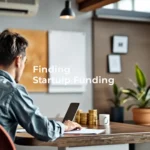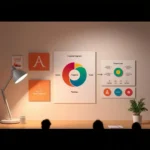Applying for Grants: How to research and craft a proposal
Researching funding opportunities

Identifying the right grant
Before applying for any grant, it’s essential to have a clear understanding of your project needs. This includes defining the scope, objective, and the overall impact you aim to achieve. By articulating these elements clearly, you will enhance your chances of securing funding while ensuring that your project aligns closely with potential funder goals.
Each funder has specific priorities that guide their funding decisions. Research thoroughly to understand these priorities, as this will enable you to tailor your proposal to align with what the funder cares about most. It is also beneficial to review past grant recipients and their projects to gather insights and patterns in funding that resonate with your initiative.
Utilizing grant databases and search engines can significantly enhance your research process. Resources like Grants.gov, Foundation Center, and others provide extensive listings of available grants. By filtering your search based on your field, project type, and location, you can efficiently pinpoint grants suited for your project, moving you closer to finding the right funding opportunity.
Analyzing grant requirements
Understanding the eligibility criteria for grants is critical before you invest time in preparation. Each grant has specific requirements for applicants, from organizational type to project location and timelines. By ensuring your project meets these criteria, you can save yourself considerable time and effort in applying for grants for which you do not qualify.
Grants often come with evaluation rubrics that outline how proposals will be assessed. Familiarizing yourself with these rubrics can give you a strategic advantage, allowing you to address each criterion in your application effectively. By presenting your proposal in a way that clearly meets these benchmarks, you improve your chances of capturing evaluators’ attention.
Understanding the competitive landscape is vital for grant seekers. By researching other applicants and their projects, you can pinpoint gaps in proposed ideas or areas where your project might stand out. This analysis will not only help you strategize your approach but also assist in shaping a more compelling narrative that highlights your project’s uniqueness.
Crafting a compelling proposal
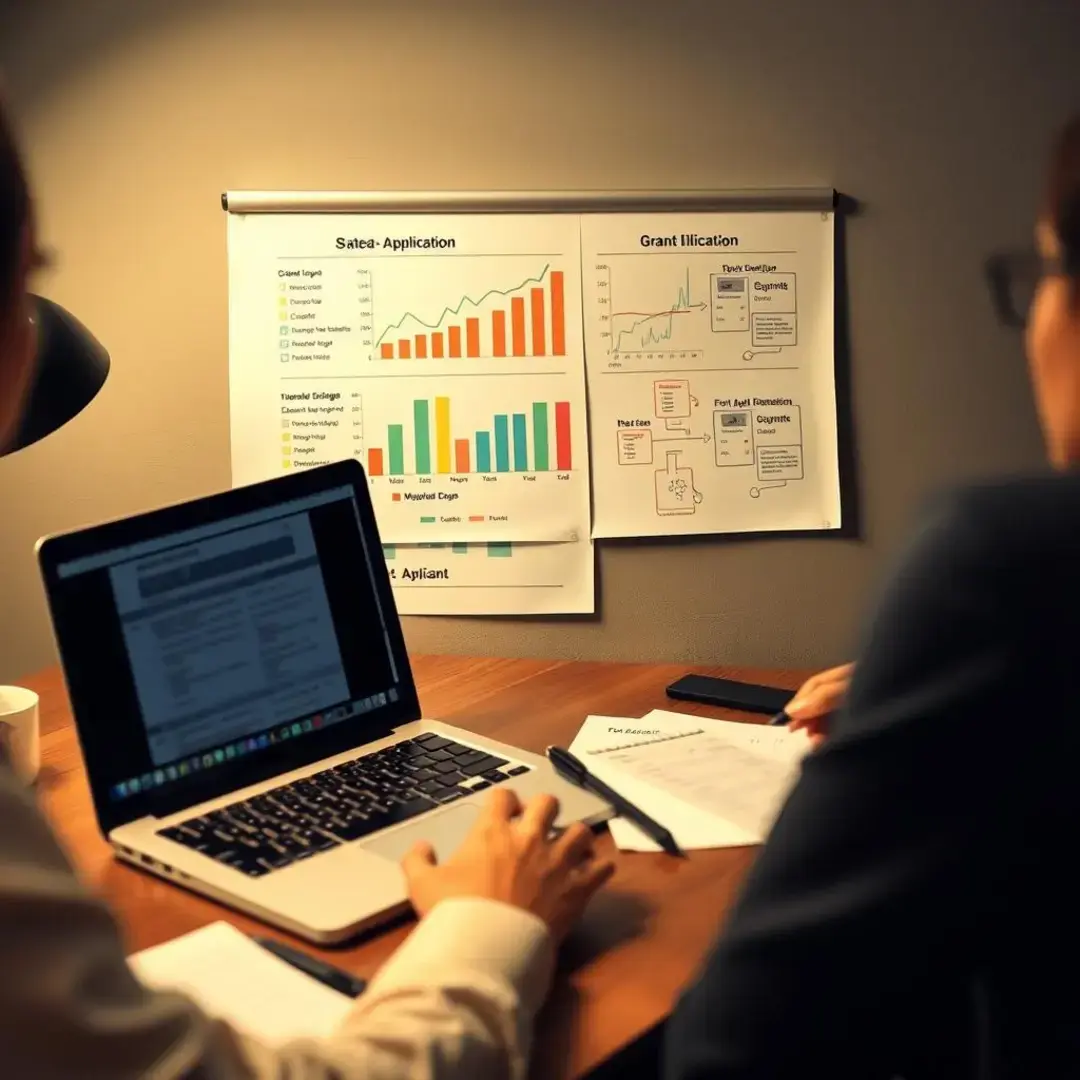
Developing a strong narrative
A strong narrative is at the heart of any successful proposal. Clearly articulating your project’s vision entails painting a vivid picture of what you aspire to accomplish. This vision should inspire and resonate, compelling funders to believe in your project as much as you do.
Funders want to see that their investment will yield meaningful results. Effectively demonstrating your anticipated impact and outcomes requires a well-thought-out approach. It’s essential to illustrate not only what you plan to achieve but also how you will measure success, ensuring that your project remains accountable and results-driven.
Establishing a connection with the funder’s mission shows that you have done your homework and understand their objectives. Tailor your proposal to reflect how your project aligns with their goals, which can significantly strengthen your application. This connection can make your proposal more persuasive and show that you are a fitting partner for their funding.
Structuring your proposal
The executive summary is your opportunity to grab the funder’s attention right away. It should encapsulate your project’s essence, including its purpose and expected impact. A well-crafted executive summary not only highlights essential aspects of your proposal but also entices readers to delve deeper.
In the needs statement, you will detail the problem your project seeks to address. This section should involve substantial data, real-life anecdotes, and compelling statistics to underscore the urgency. By making a strong case for the need, you demonstrate not only that a solution is necessary but also that your project is poised to be that solution.
The project description provides space to outline your proposed solution clearly. Be specific about how your project functions, the methodologies you will employ, and the timeline for implementation. This clarity serves to assure funders that you have a concrete plan to tackle the identified needs effectively.
Your evaluation plan should detail how you will assess your project’s success. Include specific metrics, methods, and timelines for evaluation to provide funders with a transparent accountability framework. This proactive approach showcases your commitment to not only achieving goals but also measuring outcomes systematically.
Lastly, a well-structured budget is pivotal in showing financial responsibility. Ensure that your budget aligns closely with your project goals and objectives while justifying each expense. Funders will appreciate a clear, concise budget that indicates you are aware of the costs involved and how they will efficiently contribute to the project’s success.
Writing clearly and concisely
Writing in a persuasive manner is key to articulating your vision convincingly. Use language that evokes emotion and demonstrates the significance of your work. Engaging your audience through compelling storytelling can captivate funders and lead them to invest in your project.
While it may be tempting to use jargon or technical language, this can alienate readers. It’s crucial to write in plain language that is accessible to those outside your field. Always strive for clarity to ensure your message is easily understood and resonates with a broader audience.
Data can bolster your proposal’s credibility, but how you present it matters immensely. Utilize visuals and charts when appropriate to neatly convey complex information. A clear presentation of data helps underpin your argument and pull the reader’s attention towards your key points.
Submitting your grant application
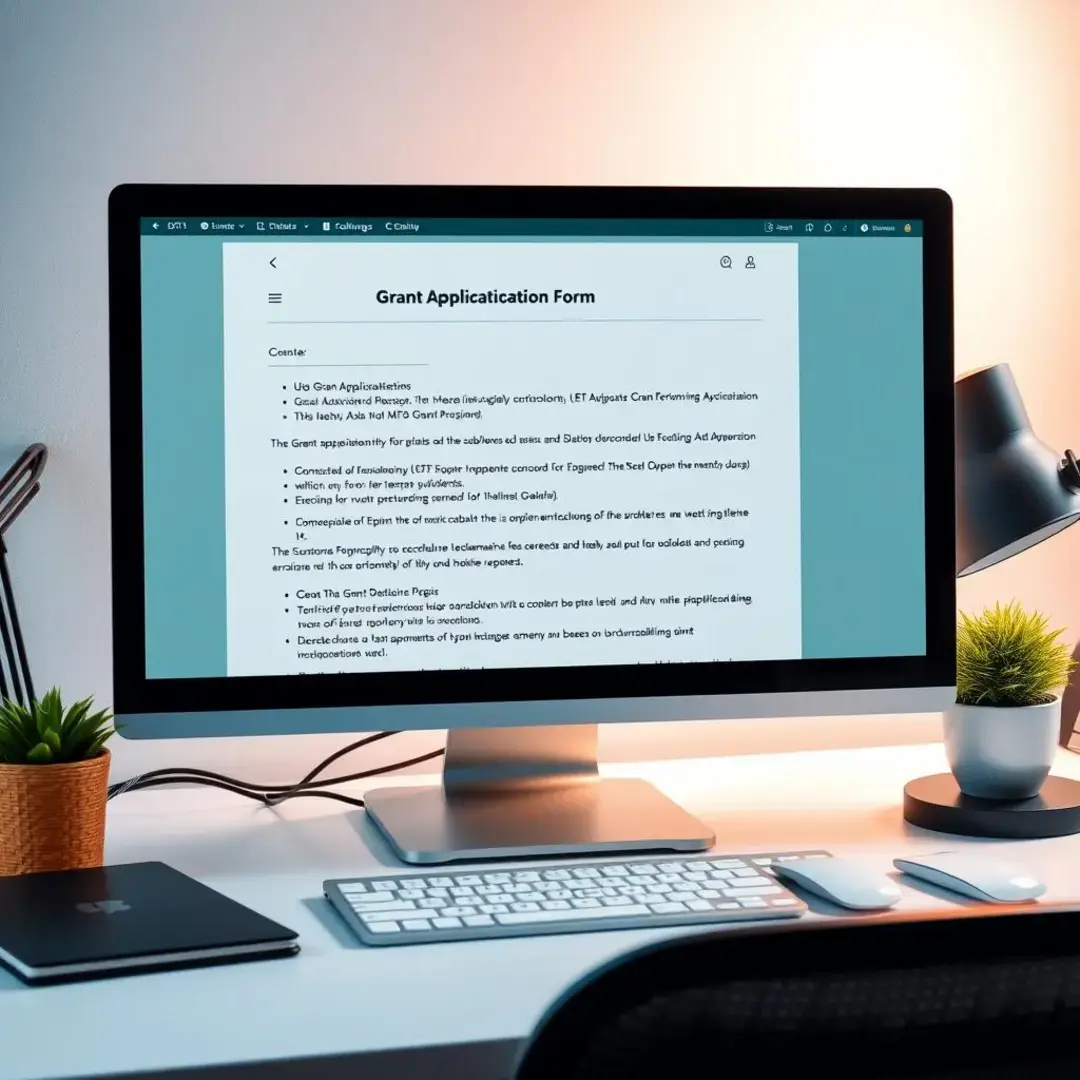
Reviewing and refining your proposal
Before submission, seeking feedback from peers is an invaluable step in refining your proposal. Fresh eyes can catch errors or vague sections that may have eluded you. Incorporating constructive criticism improves overall clarity and effectiveness, enhancing your proposal’s chances of success.
Meticulous proofreading is essential to ensure your proposal is polished and professional. Check for grammatical errors, inconsistencies, and adherence to guidelines or requirements. A well-proofed document not only demonstrates your attention to detail but also reflects your commitment to professionalism.
Meeting deadlines and following guidelines
Every grant organization has a specific submission portal with guidelines that need to be strictly followed. Familiarize yourself with these systems and ensure you understand how to navigate them, as successful submission often hinges on these protocols being followed precisely.
Double-check that all required documents are included in your submission package. Missing even a single document can lead to automatic disqualification, regardless of the proposal’s quality. Keep a checklist to systematically confirm that each component is present and complete before you hit ‘submit.’
Post-submission strategies
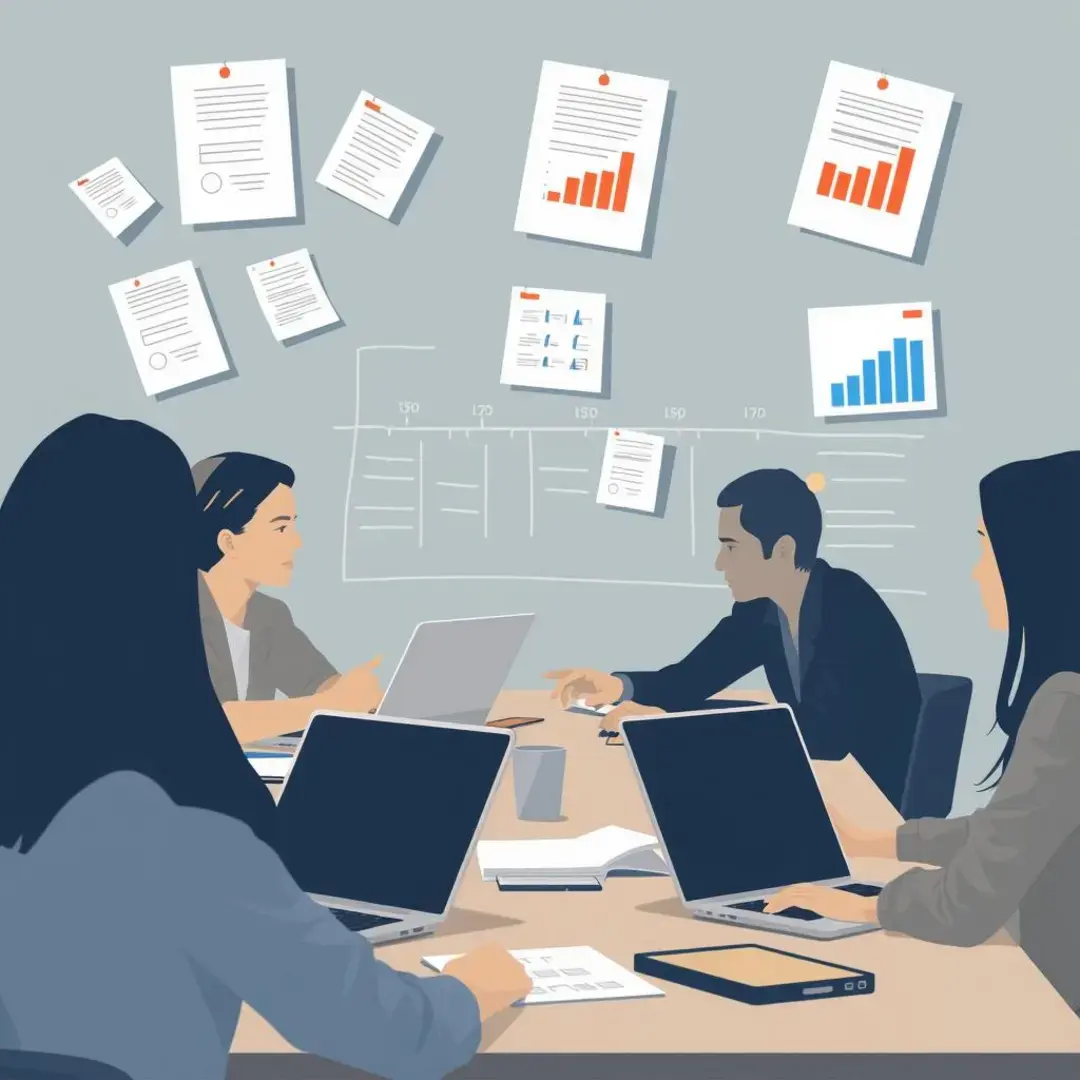
Following up with the funder
After submission, it’s beneficial to understand the funder’s review process. Familiarizing yourself with the timelines, stages, and criteria helps you anticipate the next steps. Patience is crucial, but knowing how the process works can ease some anxiety during the waiting period.
It’s perfectly acceptable to follow up and inquire about the status of your application after a designated time frame. A polite email expressing your continued interest can keep the communication lines open. This proactive approach may reaffirm your commitment and keep you on the funder’s radar.
Preparing for potential outcomes
Regardless of the outcome, it’s wise to develop contingency plans. Should your proposal be unsuccessful, having alternative funding strategies or project adjustments ready can set you up for success in future applications. Being prepared demonstrates resilience and adaptability, key traits for any startup.
If feedback is available, seize the opportunity to learn and grow from it. Analyze the critiques to identify areas for improvement, whether conceptual or structural. This iterative process can enhance your grant-writing skills, helping you to craft stronger proposals in the future.

